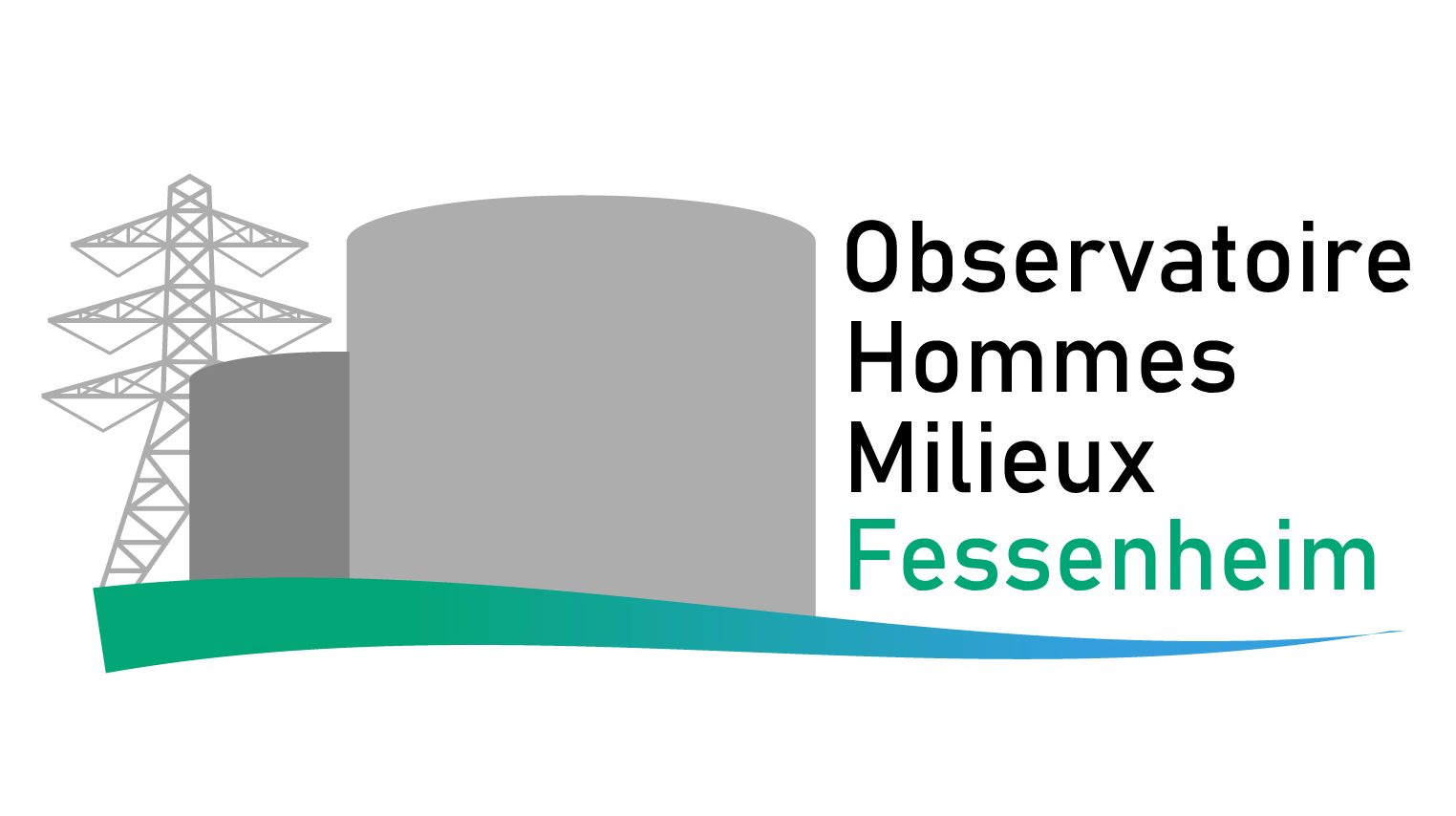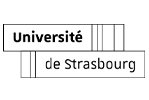Reconstructing a River Temporal Trajectory Through the Metal Composition of Historical Floodplain Deposition (Upper Rhine)
Reconstructing temporal evolution of geochemical composition of highly anthropized rivers is essential to evaluate and model the impact of regulations taken to reduce water pollution but also to predict their future trajectory. Hydrogeochemical monitoring performed by water agencies only goes back to a few decades (> 80’s). Moreover, datasets usually are heterogeneous and merely focus on a few contaminants of environmental concern at that time. Geochemical analysis of well-dated floodplain sediments allows reconstructing the chemical evolution of rivers over the last century -or more- since most contaminants associate with solid particles transferred by rivers. The potential of this approach is illustrated in this study by the accurate dating and analysis of fine sediments collected along a 105 cm-deep profile from the Upper Rhine floodplain (Rhinau Island). The combination of historical planimetric (old maps) and hydrological data with geochronological constraints (IRSL single grain, 137Cs, 210Pb xs ) provides a robust chronological framework for this sedimentary archive. The analysis of major and trace element concentrations within the collected sediments highlight metal enrichments along the profile (e.g., Pb, Zn, Cu). For most of them, enrichments reached a maximum in the late 1970s-early 1980s followed by a decrease until today, although enrichment peaks may have been earlier for some other metals. For metals such as Pb, Zn and Cu, the progressive decrease from 1980s likely results from both the evolution of human activities in the upstream basin as well as the implemented regulations reducing industrial and urban metallic releases into the Rhine River. We suggest here that interdisciplinary studies of fluvial sedimentary archives, including hydro-geomorphology, can greatly help reconstructing the history of metal pollution in the world’s largest rivers and to understand their evolution in response to human pressure, including industrial, urban and agricultural activities.




